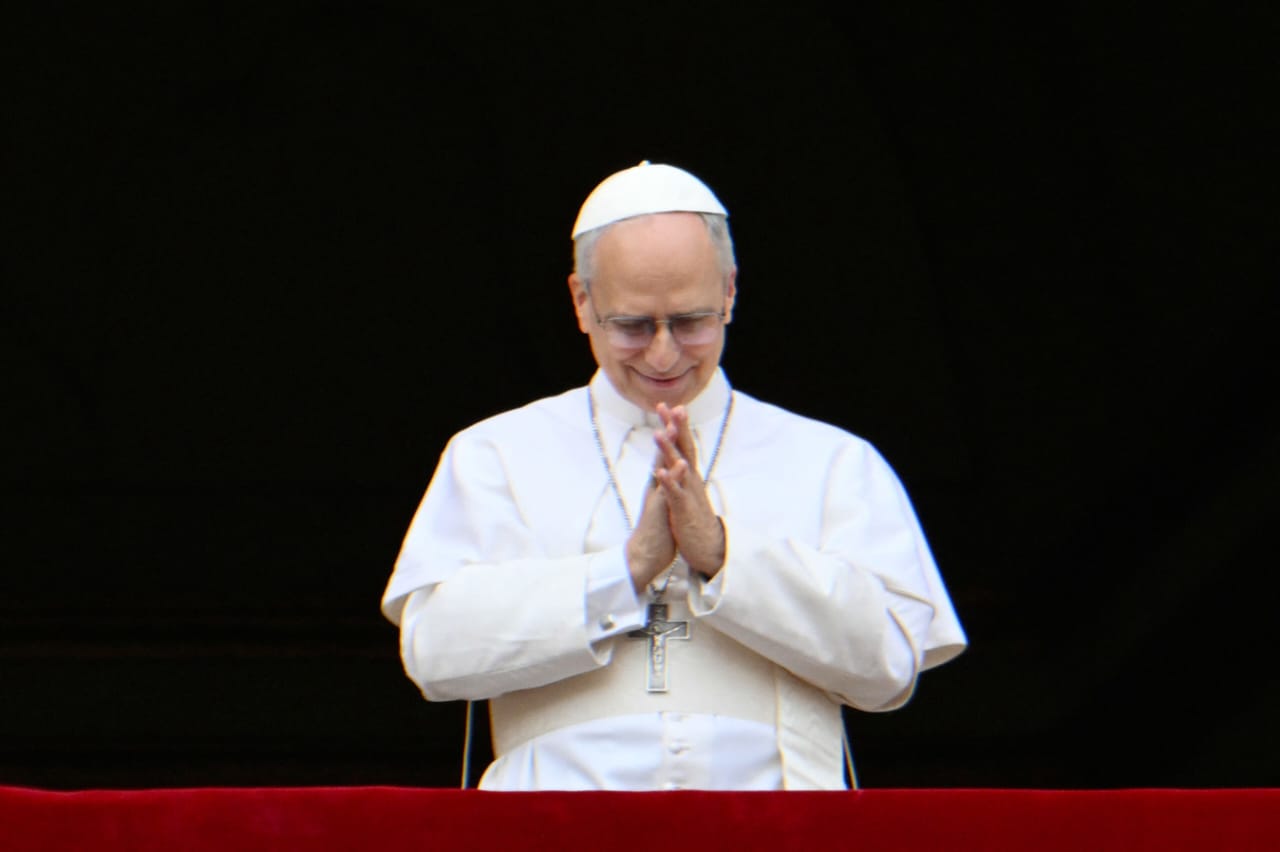CROP-GROWING conditions in Namibia were favourable because of above-normal rains received in the northern crop-growing regions of the country, leading to expectations of better harvests this season.
The Southern Africa Famine Early Warning Systems Network (Fewsnet) said in its latest report that the areas planted in the crop-growing regions increased significantly over the last year (ranging from 30 per cent to 68 per cent) and that crop conditions were satisfactory, “despite excessive rains in parts leading to flooding, water logging and nutrient leaching, and minor outbreaks of army worm”. The regional early warning system said an early cessation of rains (before the end of May) could compromise harvest prospects, however, especially as late rains delayed planting.”A crop assessment by a team from the Ministry of Agriculture in early May to the northern regions will provide production estimates,” the bulletin said.The report said the months of March and April signalled the end of the marketing year in most of southern Africa.”They also mark the end of the hunger season, and are characterised by the appearance of green maize and other seasonal food crops that become available at the household level, as well as on rural markets,” it said.The bulletin said although overall food security was improving after the good rainy season, concerns remained in some areas where the season was characterised by heavy rains resulting in flooding.The report said that as the main growing season drew to a close across much of the SADC region, crops were maturing and harvesting commenced in areas where crops were planted early.”Where late planting occurred, crops are still at various stages of development from vegetative to cobbing.Production prospects are mostly positive, with good harvests expected in many parts,” the bulletin said.It said rains diminished considerably across the region, with many areas (especially in the southern half of the region) receiving only light rains over the period between March 21 and April 30.”In contrast, Angola, DRC, northern Malawi, northern Mozambique, north-western Namibia and much of Tanzania received higher rainfall amounts during the same period”.The regional early warning system said an early cessation of rains (before the end of May) could compromise harvest prospects, however, especially as late rains delayed planting.”A crop assessment by a team from the Ministry of Agriculture in early May to the northern regions will provide production estimates,” the bulletin said.The report said the months of March and April signalled the end of the marketing year in most of southern Africa.”They also mark the end of the hunger season, and are characterised by the appearance of green maize and other seasonal food crops that become available at the household level, as well as on rural markets,” it said.The bulletin said although overall food security was improving after the good rainy season, concerns remained in some areas where the season was characterised by heavy rains resulting in flooding.The report said that as the main growing season drew to a close across much of the SADC region, crops were maturing and harvesting commenced in areas where crops were planted early.”Where late planting occurred, crops are still at various stages of development from vegetative to cobbing.Production prospects are mostly positive, with good harvests expected in many parts,” the bulletin said.It said rains diminished considerably across the region, with many areas (especially in the southern half of the region) receiving only light rains over the period between March 21 and April 30.”In contrast, Angola, DRC, northern Malawi, northern Mozambique, north-western Namibia and much of Tanzania received higher rainfall amounts during the same period”.
Stay informed with The Namibian – your source for credible journalism. Get in-depth reporting and opinions for
only N$85 a month. Invest in journalism, invest in democracy –
Subscribe Now!










